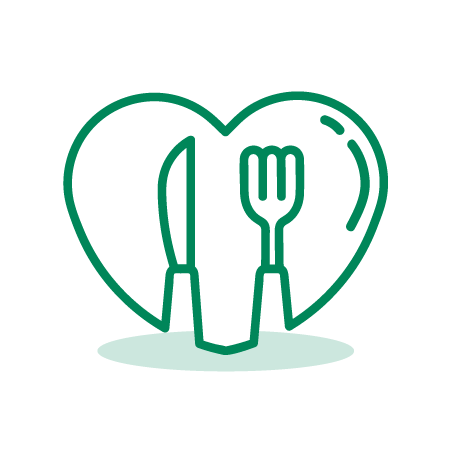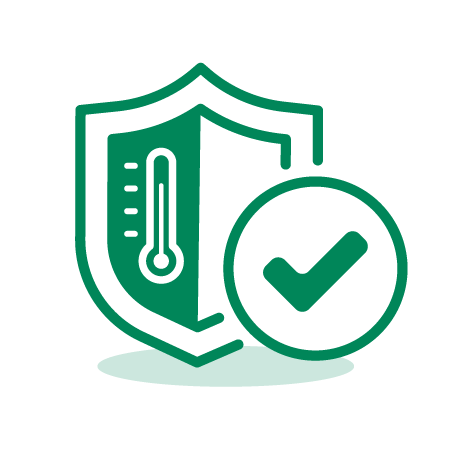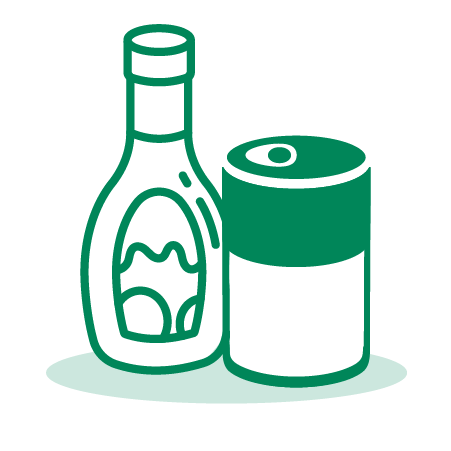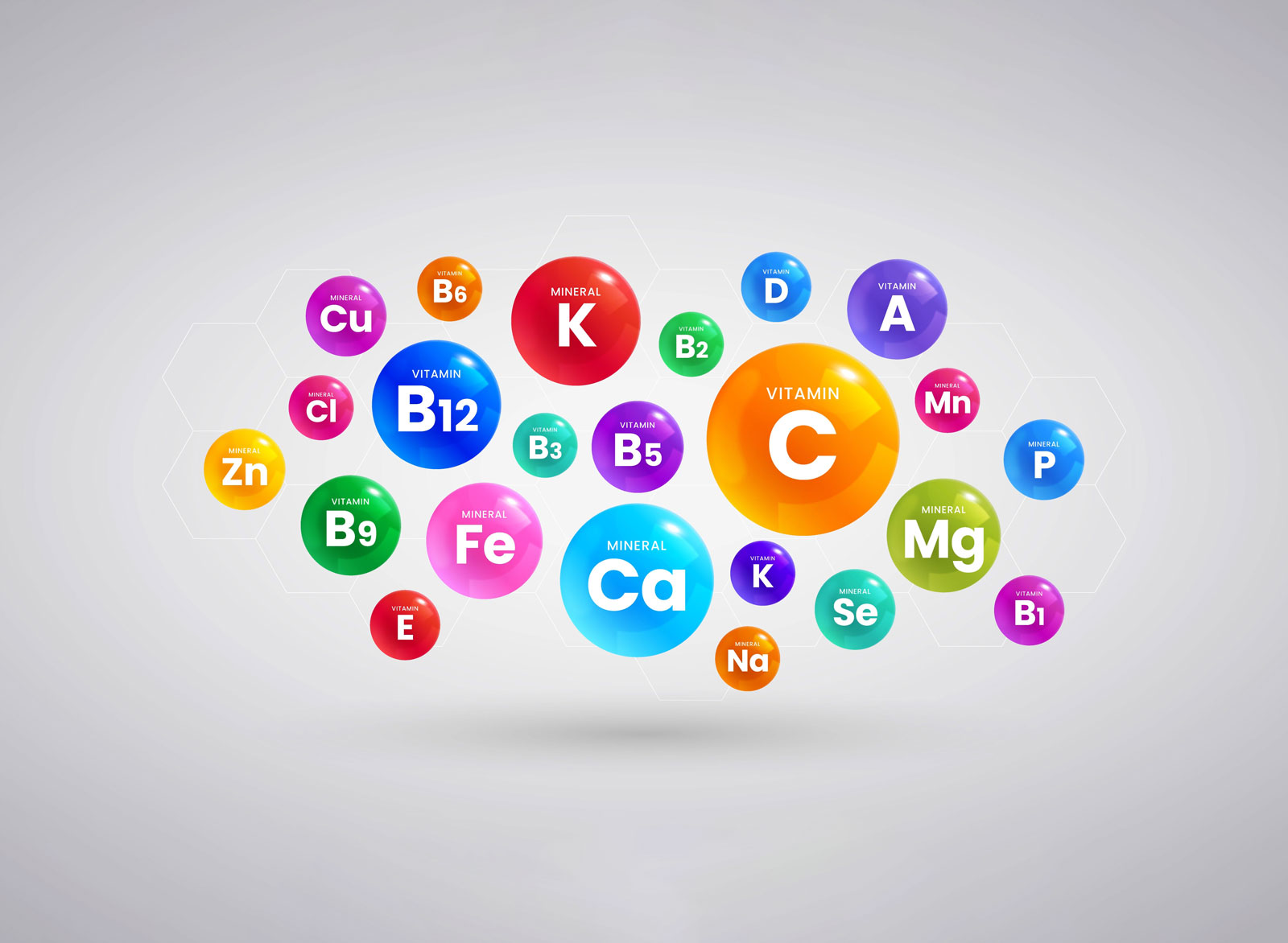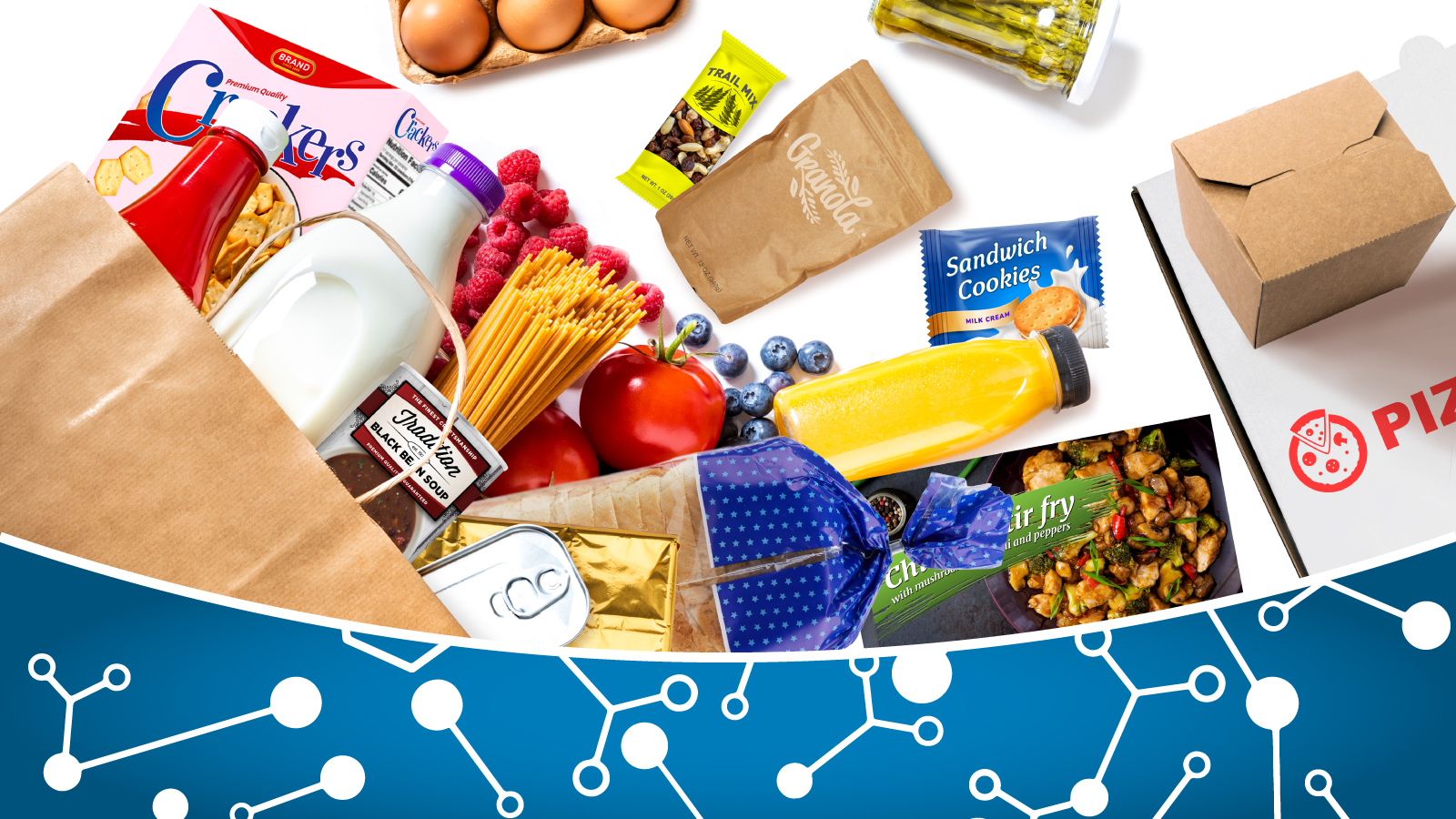Chemicals In Foods: The Facts
The current global food system is very different than it was for our grandparents. Our globalized market has opened the doors to give us access to new foods and more food that must be distributed further and stay fresh longer. Foods that were once only available seasonally are now in our markets year-round. Foods keep longer and many include added nutrients that may help keep us healthy.
Today’s consumer expects food that is safe, nutritious, affordable, and convenient. Chemicals play an important role in many of the advances in our current food system. The U.S. Food and Drug Administration (FDA) protects consumers by regulating the use of chemicals as food ingredients or substances that come in contact with food, during food packaging, processing, or other handling.
Here are some facts about chemicals in foods.
Why Are Chemicals Used in Foods?
Chemicals may be added to foods to extend freshness, increase nutritional benefits, enhance taste, improve texture, maintain food safety, or add convenience. Here are a few examples of how chemicals are used in foods:
Extend freshness — Today fresh produce is available throughout the U.S. all year round. Among the things that help make this possible, are produce wax coatings that are invisible, colorless, odorless, and tasteless. They keep produce fresh during shipment, reducing food waste, increasing shelf life, and improving appearance. The FDA makes sure these waxes are safe before they can be used by the food industry.
Nutritional benefits — The FDA monitors and takes action to safeguard the food supply when food manufacturers want to add a chemical to food to make it better or of greater value. For example, vitamin D (calciferol) may be added to milk, juices, and cereals to prevent rickets (bone softening) in children and osteoporosis (lack of bone density) in older adults.
Food Safety — Preservatives slow product spoilage caused by mold, air, bacteria, fungi, or yeast. In addition to maintaining the quality of the food, they help control germs that can cause foodborne illness, including life-threatening botulism. Antioxidants, a group of preservatives, stops fats and oils and the foods containing them from becoming rancid or developing an off flavor. They also prevent cut fresh fruits such as apples from turning brown when exposed to air.
Texture — Chemicals are commonly used during food processing to improve the texture and taste of foods like ice cream, salad dressings, sauces, and soups. Chemicals can also help keep foods like mayonnaise from separating into oils and water.
Are Chemicals Naturally Present in Foods?
All food contains chemicals because macronutrients like carbohydrates, protein, fat, and fiber are made of chemical compounds. Many of these are present naturally in foods and help with a balanced diet and add to the eating experience. Examples include:
- Calcium in milk and dairy foods;
- Potassium in bananas and potatoes; and
- Protein, iron, zinc, selenium, riboflavin, niacin, vitamin B6, vitamin B12, phosphorus, pantothenate, magnesium, and potassium in fish.
How Do You Know What Chemicals Are in Foods?
Ingredients must be shown on food labels by common or usual name. In the case of spices, natural flavor, and artificial flavor, these ingredients may be declared as “spice,” “natural flavor,” and artificial flavor,” respectively. Likewise, certain colors may be declared as with as “Color Added” or “Artificial Color.”
Are Chemicals in Food Safe?
The fact that a chemical is in a food doesn’t make it unsafe. The key is the type of chemical, how much of it is there and how much of that food you eat in a day, in a month, in a year, or in a lifetime. The FDA monitors chemicals used as food ingredients and substances that come in contact with foods to help ensure that they remain safe.
The FDA and other regulatory partners also monitor the food supply for chemical contaminants. The appropriate regulatory agency will act if contaminant levels may cause food to be unsafe.
Get the Facts on Chemicals in Foods with the U.S. Food and Drug Administration.
For more information, contact the FDA's Center for Food Safety and Applied Nutrition’s Food and Cosmetic Information Center at 1-888-SAFEFOOD (toll free), Monday through Friday 10 AM to 4 PM ET (except Thursdays from 12:30 PM to 1:30 PM ET and Federal holidays). Or, visit the Education Resource Library.



